If you are someone who wants to talk to a machine, then try ChatGPT. ChatGPT, an OpenAI AI language model, is built on GPT-3.5. What is ChatGPT and why should you care? In simple turns, ChatGPT is a language model that understands and generates human-like language. It can produce poetry and stories and discuss current events and intellectual discussions.
ChatGPT is ideal if you want an AI helper for business or just want to communicate with a computer. Its advanced language abilities and algorithms are revolutionizing machine-human interaction.
If you are ready to experience the future of conversational AI, join the millions of people now conversing with ChatGPT and see what all the excitement is about!
In this article
Part 1. Introduction of ChatGPT & its use
What is ChatGPT and GPT-4?
ChatGPT, an AI-powered natural language processing platform, composes emails, essays, and code in a human-like manner. ChatGPT, developed by OpenAI, was accessible throughout its research and feedback phase.
On Feb. 1, ChatGPT Plus, a paid subscription version, was released. Since November 2022, OpenAI's GPT-3.5 has powered the ChatGPT chatbot, which has been very popular.
As ChatGPT continues to captivate users with its human-like conversational abilities, the arrival of GPT-4 promises to elevate the natural language processing game to unimaginable heights.
GPT-4 is the latest version of OpenAI's language model system. Generative Pre-trained Transformer (GPT) language models use deep learning to produce human-like conversational text.
OpenAI's language models' natural language processing capabilities will improve with GPT-4. GPT-4 will be able to generate more complex and nuanced text using deep learning technology, expanding language-based AI applications.
How is ChatGPT 4 different from the old version?
After knowing the ChatGPT and its latest version, the question is how it differs. Let's look at how ChatGPT 4 differs from the previous version.
1 GPT-4 has an Image Recognition Feature Now.
The most notable change to GPT-4 is multimodal. It allows it to interpret multiple input modalities. GPT-3 and ChatGPT GPT-3.5 were limited to textual input and output. It meant it could only read and write.
GPT-4 can output information based on pictures. You may consider thinking about Google Lens. It searches only for image-related information. GPT-4 is more advanced since it interprets and analyzes images. However, image inputs are only available for research. If you are looking for an AI Image editor tool, you can use Wondershare AILab.
2 GPT-4 can handle more data.
LLMs is trained on vast amounts of data with billions of parameters, yet they still have restrictions regarding amount of data they can manage in a chat. GPT-3.5 could handle 4,096 tokens or around 8,000 words, whereas GPT-4 has increased that to 32,768 tokens or 64,000 words – resulting in more extended conversations without the model losing its clarity. This limit is more generous, but GPT-4 can better deal with lengthy documents and create actual content compared to the ChatGPT capabilities of GPT-3.5.
3 GPT-4 is more challenging to fool.
GPT-4 is more complex to deceive than its predecessors. Generative models like ChatGPT sometimes produce inaccurate or harmful prompts. They can also spread misinformation by mixing facts. OpenAI used their "adversarial testing program" and ChatGPT to train GPT-4 for six months to fix these concerns.
Hence, GPT-4 achieved "best-ever scores on factuality, steerability, and refusing to move outside guardrails." The model is less likely to create erroneous or harmful suggestions, a significant advance for AI language models.
4 GPT-4 understands non-English better.
Training LLMs in different language are difficult because most machine- generated information and online content are in English. OpenAI is very capable and has outperformed GPT-3.5. It also outperforms LLMs by correctly answering thousand of questions in 26 languages.
English is most excellent at 85.5 percent accuracy, while Indian languages aren't far behind at 71.4 percent. GPT-4-based chatbots can create more precise and more accurate outputs in users' native languages.
What is the use of ChatGPT?
Below are some ChatGPT uses listed:
- Companies in customer service are increasingly taking advantage of its language model to handle inquiries and complaints quickly and competently around the clock. It can assist students by posing as a virtual tutor who answers questions and provides assignment feedback.
- Creative fields such as writing, music, and art may also benefit from their potential for generating lyrics or poems – to help artists and writers overcome creative blocks or explore new ideas.
- It is even employed for scientific and academic purposes, like producing hypotheses or efficiently examining data. ChatGPT's capacity to comprehend natural language and produce responses makes it an invaluable asset for researchers needing to process large amounts of text information.
Filmora now offers a ChatGPT plug-in to provide a more inspirational copywriting experience.

Part 2. 5 Benefits and 5 Challenges of ChatGPT
With ChatGPT becoming increasingly popular, users must know the benefits of ChatGPT and its challenges. The ability of ChatGPT to understand and produce human-like responses has made it a valuable tool in Natural Language Processing.
Part 3. How to use ChatGPT on Web and Phone?
So, how to use ChatGPT? We will show you how to access ChatGPT on the web and Android.
How to use on the Web?
01of 04
Create an OpenAI account to use chat CGP. Visit https://chat.openai.com/auth/login.
02of 04
A page will appear that shows you two options:
Login or Sign up. Click on the signup option. If the website keeps loading, refresh it or try after some time.
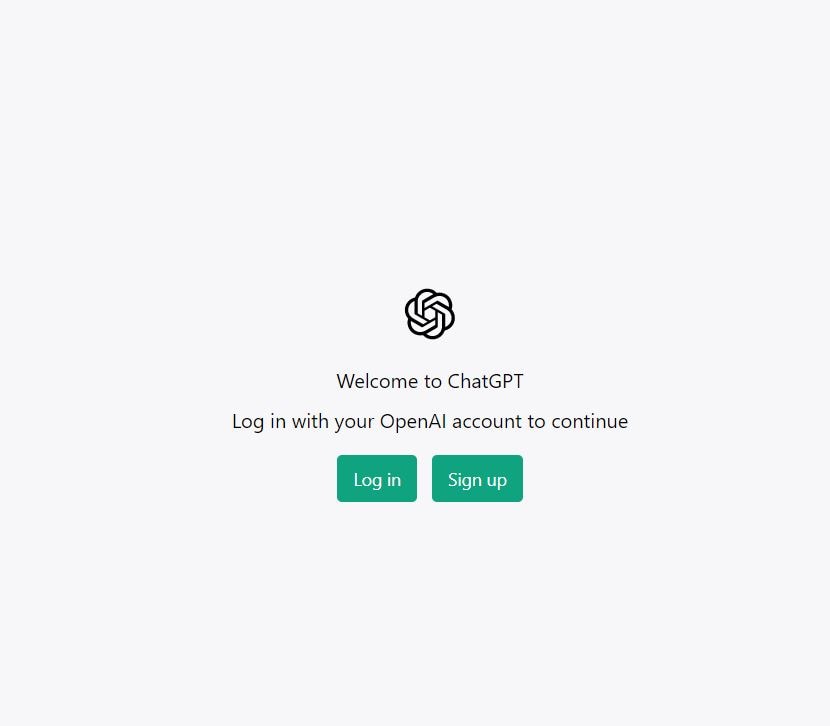
03of 04
After successfully signing up for ChatGPT, the next step is to verify your account. You will receive a verification email if you sign up through your email ID.
04of 04
Complete the verification process by clicking the link. Please enter the necessary information and proceed.

Chat GPT is free to use once you have successfully created an account.
How to use on Android?
01of 06 Open any web browser on your phone.
02of 06 Go to chat.openai.com on the address bar.
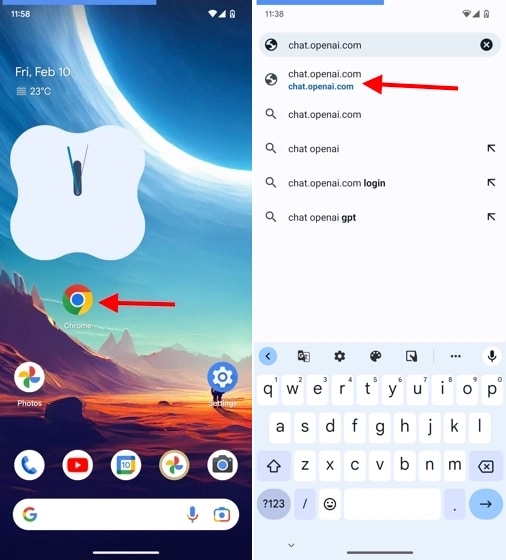
03of 06Tap on "Try ChatGPT" at the top of the page.
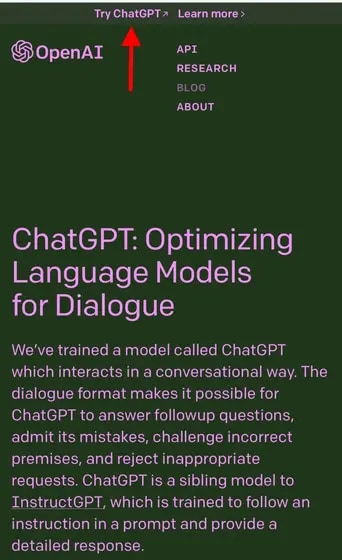
04of 06If you already have an account, then tap Log in option. Enter your email and password. Then tap "Continue."
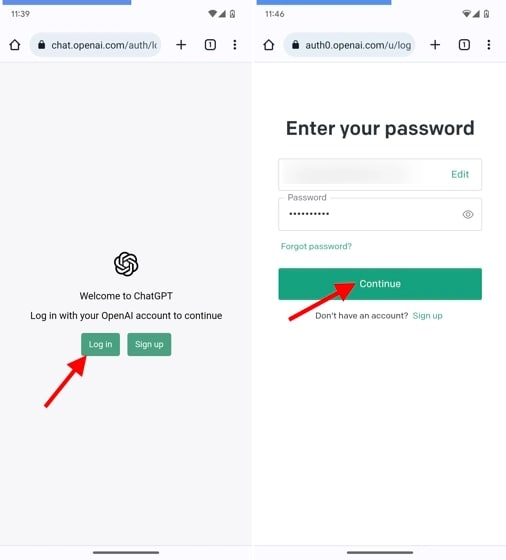
05of 06Read the disclaimer and tap "Next" > "Done."
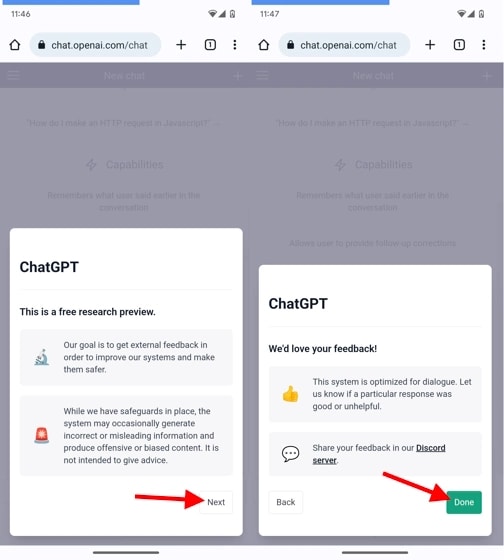
06of 06 Start chatting with the ChatGPT AI chatbot.
Part 4. What is the Future of ChatGPT?
ChatGPT has opened a new chapter in conversational AI development, and its future looks bright. It is likely to become more sophisticated, personalized, and accessible. ChatGPT will understand more complex and nuanced queries and provide more accurate responses with machine learning and natural language processing.
It will soon be used in healthcare, education, and customer service. Businesses looking to automate customer service may find it helpful due to its ability to converse with users and learn from interactions. ChatGPT could also personalize information consumption and learning.
As AI technology improves, ChatGPT will likely become an even more critical part of our daily lives, answering our questions quickly and accurately and enhancing our user experience.
Conclusion
ChatGPT is a fantastic AI tool that has opened up new possibilities for human-machine interaction. Its advanced language processing skills allow it to respond to users' queries accurately and personally.
That makes it useful for many applications. GPT-4, projected to improve natural language processing, makes AI's future even brighter. GPT-4 could make ChatGPT and other AI assistants more intelligent and capable with greater computational power and training data.
ChatGPT and GPT-4 have infinite potential in the future. These AI tools will continue revolutionizing education, healthcare, and customer service. Why not try ChatGPT today and see how powerful it is?

